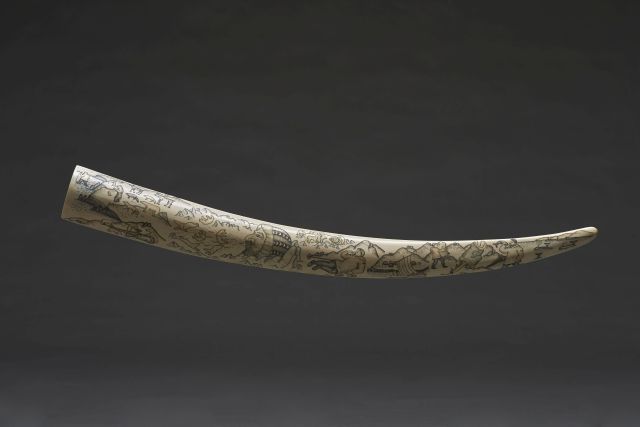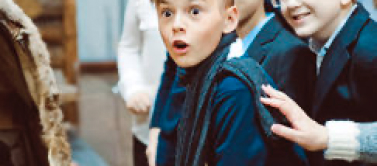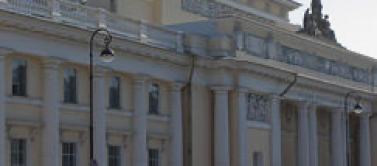Bone, horn, amber

Eurasian peoples continuously used gifts of nature. Household equipment, utensils, decorations, and various articles of daily use were made from ecological materials that were always within easy reach: bone and horn, shells and tortoise shell, mother-of-pearl and amber. In what kinds of carving did the originality of Russian bone carving traditions show itself? What bone carving techniques were used by virtuoso craftsmen of Archangel Pomor Land? What did Chukchi and Eskimo craftsmen carve from bone? What was mother-of-pearl valued for? What can be made from shells? The unique amber collection contains articles of Baltic succinite. What amber was valued for, and why was it likened to gold? What magic properties were attributed to it?
The exposition “Bone, horn, and amber in the traditional cultures of Eurasian peoples” demonstrates articles of natural materials – bone, horn, amber, turtle shell, river and sea clamshells and their derivate mother-of-pearl, which is used in traditional arts and crafts and in everyday culture of many peoples of Eurasia.
In all, there are over 300 exhibits related to different ethnicities and ethnic groups living within the historical Russia in the north and north-west of its European part, in Siberia and Far East, in Central Asia and Caucasus; some items belong to peoples of foreign Europe and Asia.
Most of the items displayed are made of bone and horn. These kinds of organic raw materials are much diversified (mammoth and walrus tusk; imported ivory; turtle shell; sperm whale tooth; whalebone and whale backbone; skeletal bone of domestic and wild animals, birds, and fish; crustaceans’ claws). A sacred meaning of some habitation of dead animal’s power was ascribed to animal horns, tusks, fangs, and skulls. They were stored in a special way, and used in sacred and ritual practices.
The traditional household culture of many peoples widely used hollow horns of animals as domestic utensils (salt cellars, needle cases, smoking pipes, drinking vessels, nursing bottles) and musical instruments. Powder flasks and handles of knives for various purposes were made from ramified antler branches. Bone as craft material was used in everyday life by virtually all Eurasian peoples. In some cases, it replaced wood and even metal. Apart from home bone processing, Russia had, and currently has, centers of artistic processing of this material.
Each epoch and each bone carving center have their strongly pronounced artistic and stylistic language; they differ in decorative design techniques. The exhibits show the stages of development of bone carving art with different peoples, and reveal typical artistic features and different traditions of processing of this material. All kinds of carving (fretwork, relief, 3D, color engraving) and decorative techniques (bone toning, padding with foil, mica, fabric) of bone processing are demonstrated.
The collection of Baltic amber (succinite) of the Russian Museum of Ethnography is represented by an assembly of samples of raw materials, semi-finished, and finished products made in the 1950s–1980s by leading jewelers of Latvia and Lithuania. The assortment of works is traditional: beads, earrings, collar-shaped necklaces, bracelets, and pendants. Amber sakta broaches are popular – round, heart-shaped, and or amber pendants, and men’s cuff links and tie-pins. The articles show the variety of their raw materials: transparent, bastard, muddy, osseous, and foam amber, and various methods of its processing.
Many people widely used sea and river clamshells for decorating clothes, headgear, and footwear. Large, helical, elongated sea shells served as ritual musical instruments.
Very popular was such craft and decoration material as white or shining mother-of-pearl obtained in the processing of shells. White mother-of-pearl was extracted from large shells with thick walls. Shining mother-of-pearl is a derivate of smaller, thin-walled shells. It was this kind of mother-of-pearl that was widely used for inlaid patterns, creating an effect of iridescent play of colors. Craftsmen readily used it for decorating art and craft items, as well as weapons.


